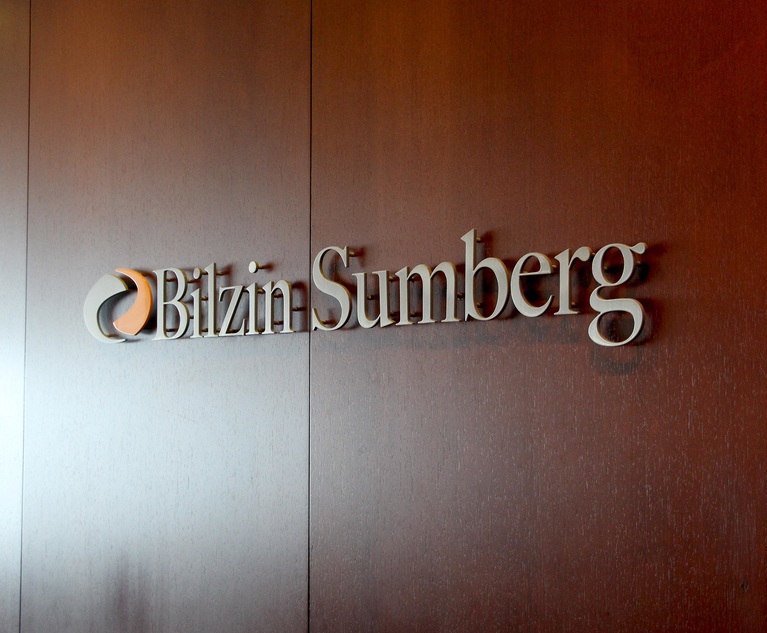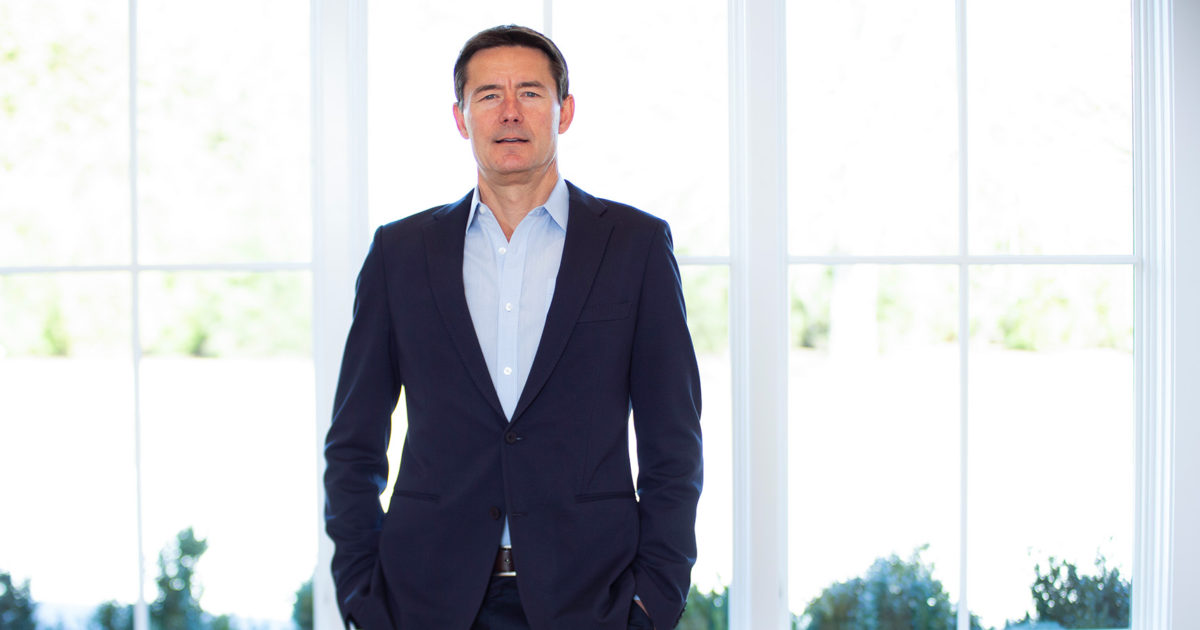Bold $300 million Fort Lauderdale arts district underway
This is an rendering of the massive mixed-use redevelopment just started in Fort Lauderdale.
Urban Street Development
A $300 million investment is going to transform a humble haven for artists in Fort Lauderdale into a cluster of modern buildings for apartments, cafes, business offices and of course artists, in an area aiming to rival the Wynwood section in Miami.
FAT Village turned to dust in early May after backhoes began demolishing the single-story warehouses that once housed artist studios, small businesses, cafes and restaurants in the Flagler Village neighborhood, said Alan Hooper, co-founder of Urban Street Development.
The demolition is the first step of a 5.6-acre redevelopment by partners Fort Lauderdale developer Urban Street Development, Houston-based Hines, Chicago’s private equity firm Cresset Partners and Chilean developer and investment fund manager Las Americas.
Click to resize
The ambitious real estate project will fill the site with two apartment rental buildings, offices and retail space. Construction is anticipated to start in September and finish in 2026.
The Food Art Technology Village, known as FAT Village, gained popularity over the past few years for its artist studios, art walks and food trucks. It’s also a few blocks away from Fort Lauderdale’s central business district and the eight-mile, urban art Mockingbird Trail.
The community spans four blocks, bordered by Andrews Avenue to the east, Florida East Coast Railroad to the west, Broward Boulevard to the south and Northwest Fourth Street to the north. It’s one component of the 270-acre and rapidly-evolving Flagler Village. The area as a whole has taken foot traffic off of the popular nearby beaches and Las Olas Boulevard.
“Fort Lauderdale needs this and it is ready for something like this,” said Tim Petrillo, co-founder of Urban Street Development. “Fort Lauderdale has been a step behind Miami and a step ahead of Palm Beach. With the influx of people moving in from everywhere around the country to South Florida, we think it’s good timing.”
Hines acquired the property last fall for $57.4 million. Allan Kennedy, Hines managing director, said he partnered with local firms, one of the site’s sellers and early visionaries like Doug McCraw, co-founder of the FAT Village Arts District, “in order to make sure we address local needs and local relationships and the true personality of the city in which it is being built.”
The two apartment rental towers, one 13 stories and another 24 stories, will have 603 apartments. Residences will range from studios to three-bedroom layouts.
The commercial pieces consist of about 80,000 square feet of retail space — including local artist studios at reduced rents — and a six-story, 180,000-square-foot office building. The developers are going to seek LEED sustainability certification for the office building. Despite rising concerns about vacant U.S. office buildings as people continue to work remotely, the partners bet big on the South Florida office market.
“New modern office buildings that are better designed to address today’s worker are still getting plenty of attention,” Kennedy said. He said the leasing activity of the office tower 830 Brickell in Miami’s financial district exemplifies demand for office space in South Florida. “It’s older buildings that do not have any connection to amenities or adjacency to vibrant parts of town that are struggling. Our office building is different.”
Hines plans to draw office tenants from the technology, financial and legal industries once the project is completed.
The redevelopment presents a new chapter for a pocket of Fort Lauderdale with a long history, said Patricia Zeiler, executive director of the museum History Fort Lauderdale. Zeiler is also a consultant to the city of Fort Lauderdale on historic preservation.
Back in 1890, South Florida pioneer Mary Brickell owned the site. She later worked with Henry Flagler to place the railroad tracks on the edge of the community that’s now FAT Village. In the 1920s, it became known as a commercial business district, which eventually went to house construction firms and car dealerships.
McCraw and his partners gave the area new life starting in the 1990s when they purchased different sites and launched a community for artists.
“It was an incubator for those arts organizations,” Zeiler said. “It served it’s purpose, but very truthfully the buildings were deteriorating. I’ve seen the plans for what they’re going to put in there and I think it is quite beautiful.”
This story was originally published May 26, 2023 5:30 AM.



